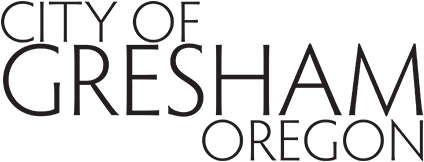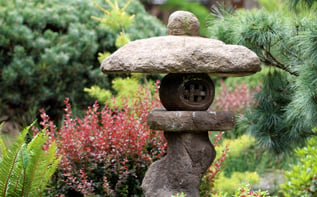- Home
- Urban Design and Planning
- Planning Projects
- Neighborhood Tree Plan
Urban Design and Planning
Neighborhood Tree Plan
The City’s Urban Forestry Subcommittee is working with Neighborhood Associations and community members to develop neighborhood tree plans.
These tree plans will help preserve and grow the number of healthy trees in each of Gresham’s neighborhoods.
Neighborhood tree plan goals
- Customize a neighborhood tree plan, unique to each neighborhood, to address tree canopy coverage and tree health related issues.
- Work with neighborhoods to define the goals and actions for their tree plans. The Urban Forestry Subcommittee and City staff will lead this outreach effort.
- Help each neighborhood determine a tree canopy coverage target along with activities to support achieving success.
If you'd like more information on how to be involved with creating a neighborhood tree plan for your neighborhood or organizing a tree walk, contact Tina.Osterink@GreshamOregon.gov.
- What is Tree Canopy?
- Growing Shade Tree Mapping Tool
- Project Documents
- Contact
Like an umbrella, tree canopy is the amount of land that falls under the shade of a tree.
Urban tree canopy, or lack of it, reflects a community’s health and livability. It’s common for cities like Gresham to set tree canopy goals.
Many residents enjoy the iconic backdrop of Gresham’s forested buttes. Some neighborhoods are defined by scattered stands of tall Douglas fir trees, while other neighborhoods have little mature tree cover.
Regardless, there are opportunities throughout the city to plant new trees to improve neighborhood tree canopy and help the City reach its urban forestry and climate resiliency goals.
Use the City's Growing Shade tree mapping tool to catalog Gresham’s canopy characteristics. The results will help neighborhoods set meaningful goals in their neighborhood tree plans.
Growing Shade in Gresham tutorial
This online tree tool is helping the City identify:
- The percent of Gresham’s tree canopy cover.
- Tree canopy gain and loss over time.
- Areas to prioritize expanding the urban forest.
- Sites that need extra care.
- Impacts of development.
- Planting potential.
- Equal canopy distribution.
- Where to designate significant heritage trees, specific spaces and features of interest.
For more information about this project, contact the Urban Forestry Subcommittee via Tina Osterink, Natural Resources Planner:
- 503-618-2392
- Tina.Osterink@GreshamOregon.gov







